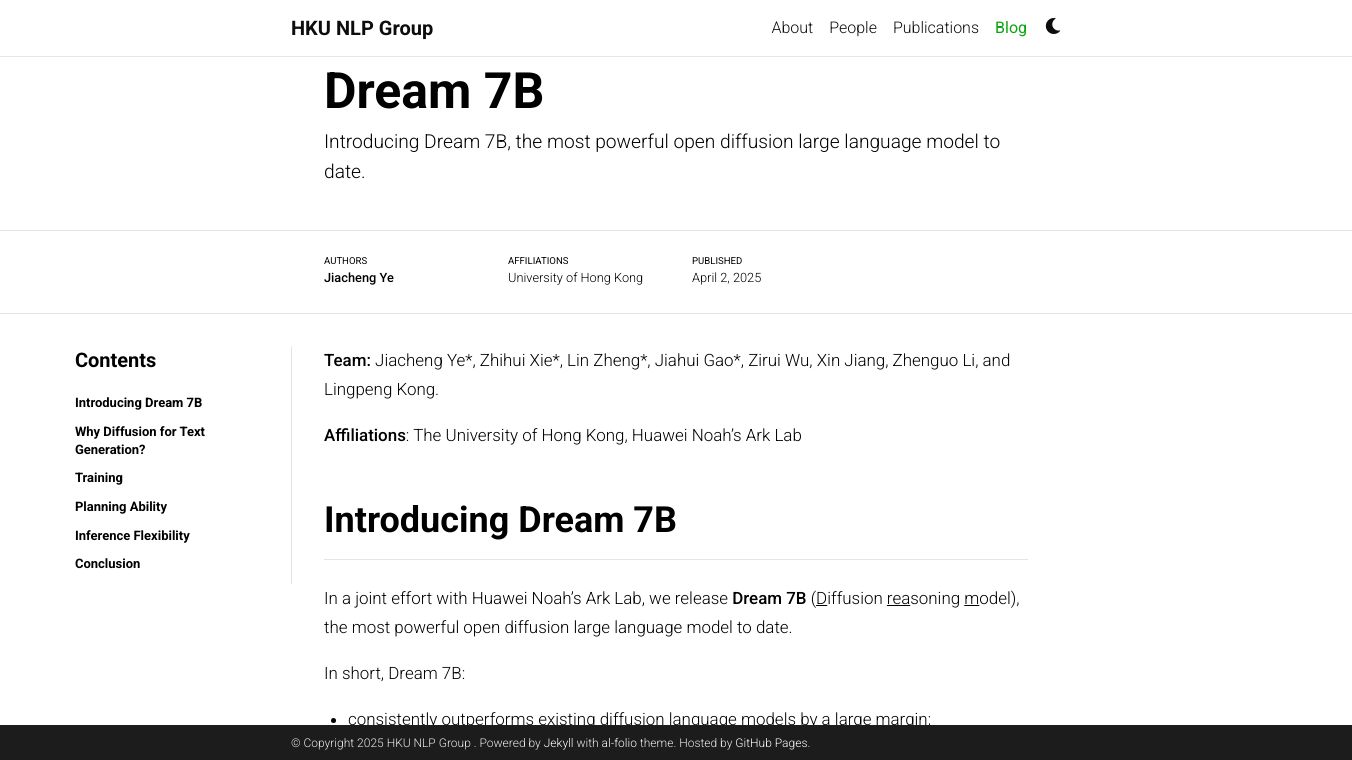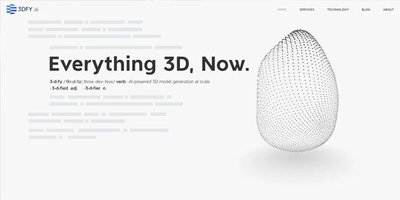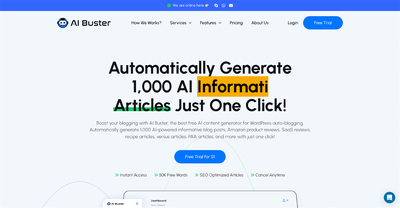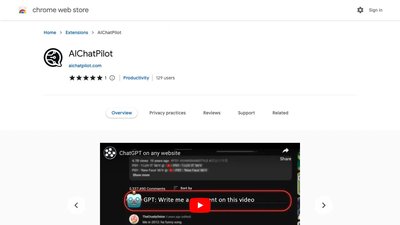Dream 7B

Dream 7B: A Big Step Forward in Language Models
Dream 7B was created by the University of Hong Kong''s NLP team. They worked with Huawei Noah''s Ark Lab. This language model uses a special method called diffusion to make text. It has 7 billion parts that help it work well. This makes it a big improvement in how computers understand and make language.
Benefits
Dream 7B has several important benefits:
It can look at text in both directions. This helps it understand and make better text. Unlike other models that only look at text in one direction, Dream 7B can see the whole picture. This makes it better at understanding and making text.
It is good at planning. Dream 7B is great at tasks that need complex planning and following rules. This makes it useful for jobs that need to make text based on specific rules or structures.
It can make text in different ways. The model can make text in any order. This is helpful for tasks like filling in missing words or sentences. This flexibility lets it work in many different jobs.
It can balance quality and speed. Users can change how many steps the model takes to make text. This helps balance how good the text is and how fast it is made. This makes Dream 7B good for both high-quality text and fast, efficient work.
Use Cases
Dream 7B''s special abilities make it good for many jobs:
It can fill in missing text. The model can make text in any order. This is great for jobs that need to fill in gaps in content. This is useful in making content, editing, and even in tools for students who need help completing sentences or paragraphs.
It can change how it makes text. Dream 7B can adjust how it makes text to fit different jobs. For example, it can make text from left to right, or in a random order, depending on what the job needs.
It can balance speed and quality. Users can change the speed and quality of text making by adjusting the number of steps. This is very useful in jobs where both speed and good output are important, like in real-time text making.
Additional Information
Dream 7B was trained using a special set of 1.8 million pairs from Tulu 3 and SmolLM2. The result is a model called Dream-v0-Instruct-7B. This model is available to the public along with the base model Dream-v0-Base-7B. This makes it easy for researchers and others to use for more work in language processing.
For more information, visit the Dream 7B project page at https://hkunlp.github.io/blog/2025/dream/ and the GitHub page at https://github.com/HKUNLP/Dream.






Comments
Please log in to post a comment.